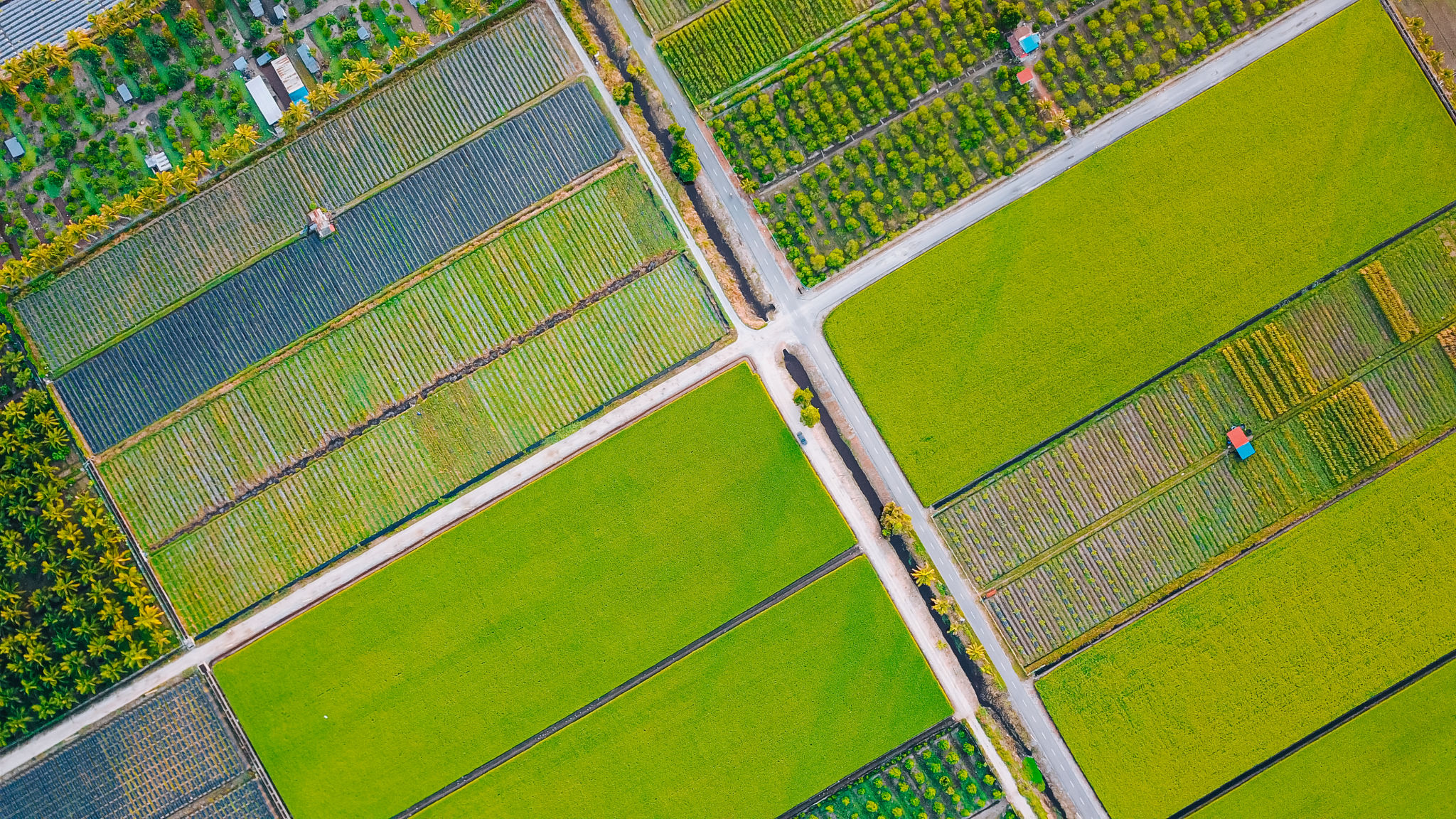Exploring the Future: AI Inspired by Nature and Its Impact on Sustainability
The Intersection of Nature and Technology
As technology evolves, researchers and developers increasingly draw inspiration from nature to create innovative solutions. This method, known as biomimicry, involves studying natural processes and structures and applying this knowledge to solve human challenges. One of the most exciting areas where this approach is gaining momentum is in the development of artificial intelligence (AI). By mimicking the efficiency and sustainability of natural systems, AI has the potential to significantly impact our sustainability efforts.

Mimicking Nature: The Core of AI Innovation
Nature is the ultimate engineer, having honed processes over millions of years to achieve optimal efficiency. Innovators are now looking to these natural processes to inspire more effective AI systems. For example, swarm intelligence, which is observed in ant colonies and bird flocks, is being used to develop algorithms that enable better coordination in multi-agent systems. Such AI systems can optimize resource distribution, traffic management, and even disaster response strategies.
In addition, neural networks, which form the backbone of many AI applications, are inspired by the human brain's architecture. These networks process information in a way that mimics neural connections, allowing machines to learn and adapt over time. This learning capability is critical for developing sustainable technologies that can adjust to changing environments and demands.
AI's Role in Sustainable Development
The application of AI inspired by nature is helping to address some of the world's most pressing sustainability challenges. In agriculture, AI systems are optimizing water usage and pesticide application by analyzing environmental data and predicting crop needs. This reduces waste and minimizes chemical runoff into water bodies.

Moreover, AI is revolutionizing energy consumption by enhancing the efficiency of renewable energy sources. By predicting weather patterns and managing energy grids, AI ensures that solar and wind energy are used most effectively. This not only reduces reliance on fossil fuels but also helps stabilize energy costs.
Challenges and Considerations
While AI offers tremendous potential for sustainability, it also comes with challenges. The development and deployment of AI systems require significant energy resources, which may offset some of their environmental benefits. Furthermore, there are ethical considerations in ensuring these technologies are accessible and beneficial to all communities.
- Ensure equitable access to AI technologies.
- Develop energy-efficient AI models.
- Address ethical concerns in AI deployment.
The Path Forward
To maximize the benefits of AI inspired by nature, collaboration across disciplines is essential. Engineers, biologists, environmental scientists, and policymakers must work together to align technological advancements with ecological principles. By fostering a multidisciplinary approach, we can ensure that AI not only drives innovation but also promotes a sustainable future.

In conclusion, as we continue to explore the future of AI inspired by nature, the potential for positive impact on sustainability is immense. By leveraging the lessons learned from the natural world, we can create smarter, more efficient technologies that support a healthier planet. The journey ahead promises exciting developments as we strive for a harmonious balance between technology and nature.